
Micah Lucy Abigaba, Makerere University
Uganda entered into agreements in 2012 with two foreign oil entities to exploit its oil resources. Total Energies holds 56.67% of the joint venture partnership and China National Oil Offshore Company (CNOOC) has 28.33%. Through Uganda National Oil Company, the government owns the remaining 15%.
Production is due to start in 2025. As part of the production sharing agreement, the production licences are valid for 25 years upon extracting the first oil.
To secure the best possible outcome for Uganda, the government needs to focus on three issues: the production sharing agreement, completion of the development stage, and export timing. My co-authors and I identified these areas of crucial concern in a paper based on my PhD thesis: Four essays on oil price uncertainty, optimal investment strategies and cost transmission of an oil price shock.
The context
Uganda joined the list of prospective oil-producing countries in 2006, with six billion barrels of proven oil reserves in the Albertine Graben, part of the western arm of the east African rift valley. Out of this discovery, 1.4 billion barrels are economically viable for extraction. The peak production is projected to be between 200,000 and 250,000 barrels of oil per day, and the extraction is expected to last 25 years.
The cost of extracting oil over this period will amount to about US$19 billion in capital expenditures and operating expenses. Before this production stage, the development of infrastructure, operation facilities, and production wells will cost around US$12.5 billion to US$15 billion.
The annual revenues from oil production are expected to be US$1.5 billion to US$2 billion. The oil revenues have the potential to stimulate Uganda’s economic growth and real household incomes.
But, like many resource-rich sub-Saharan countries, Uganda has limited capacity to solely finance and operate immense complex oil projects. Hence the current production-sharing agreement.
Production sharing agreement
The interests and strategic investment decisions of foreign companies are bound to be in conflict with Uganda’s. That’s why they need an effective agreement.
Uganda’s final investment decision was initially expected in 2015, but was delayed for another seven years. The reasons included tax disputes, negotiations among contract partners, the compensation and relocation of communities affected by the oil project, and oil price volatility.
An effective production sharing agreement is one that maximises returns for both the government and the companies. In my PhD thesis, I examined the implications of the agreement, given the risk factors that influence the project.
The agreement sets out how the government and the foreign companies will share risks and revenues throughout the project’s lifespan.
The foreign companies carry the cost of exploration, development of the oil fields and crude oil pipeline, and oil production.
The government supplies other infrastructure for the oil project, including roads and the Hoima International Airport.
The foreign companies are allowed to claim up to 60% of their net field revenues as cost. Whatever remains after royalties and cost recovery is the “profit oil” shared between the foreign companies and the government.
The foreign companies pay royalties to the government based on the daily production. They also pay corporate income tax on their share of the profit oil. So Uganda earns revenues from royalties, profit oil and income tax.
The roadmap to the first oil production
Being a landlocked country, Uganda has to get its crude oil to a regional seaport. It needs a pipeline through Tanzania or Kenya.
In February 2022, Total Energies and CNOOC signed the decision to develop the oil fields and construct the East Africa crude oil export pipeline. The pipeline, costing an estimated US$3.5 billion to US$5 billion, is scheduled to be completed in time for oil production in 2025. It will take the oil to the port of Tanga in Tanzania.
A pipeline company with shareholding from the Uganda National Oil Company (15%), the Tanzania Petroleum Development Corporation (15%), Total Energies (62%) and CNOOC (8%) operates the East African pipeline project.
Exports timing
It is important that Uganda’s oil gets to the global market at profitable terms. The slump in oil prices between 2014 and 2016 resulted in the foreign companies drastically trimming their local workforce and cutting their investment budgets by 20% to 30%. The drop in oil prices due to the COVID-19 pandemic and the ensuing lock-downs in Uganda also created uncertainty about when the oil would be ready to sell.
The uncertainties about the completion of the development stage and crude oil price volatility still prevail. This has raised concerns about whether the project can generate returns for the government and foreign companies.
In my PhD thesis, I focused on estimating the influence of these uncertainties on the value of Uganda’s oil project, taking into account the design of the production sharing agreement. I found that:
For the development stage to start, the global crude oil price must be equal to or higher than US$63 a barrel. The crude prices, which fell below US$25 per barrel in 2020, have recovered to sell above US$80 now.
The required prices to start oil production differed among the parties. It was US$18 for the government and US$42 for the foreign companies. This suggests conflicting interests. I further found that when crude oil prices are highly volatile, the government prefers to delay production. The foreign companies prefer the opposite.
I found that as the oil price rises and the project becomes profitable, the government’s revenue share rises faster than that of the foreign companies. But the oil price volatility exposes the government to revenue losses when the prices fall.
What next
The development of the oil fields and pipeline has resumed in Uganda after the COVID period lull. The government needs to design production sharing agreements to allow for options that encourage investments by foreign companies while stabilising government revenues from the oil sector. One option could be delaying investment until oil prices are favourable.
My results indicate that the government’s revenue share is more sensitive to oil price shocks than the foreign companies’ share. These shocks may translate into fluctuations in government oil revenues and, ultimately, macroeconomic instability. The government must consider these shocks when designing and negotiating oil agreements.
Uganda also needs to manage its petroleum fund effectively. It could learn a lesson from how Norway manages its oil fund. Some share of its oil revenues should be put aside for the period when oil earnings begin to decline. This would counteract the macroeconomic instability arising from sudden government oil revenue changes.
Micah Lucy Abigaba, Energy Economics Lecturer, Makerere University
This article is republished from The Conversation under a Creative Commons license.

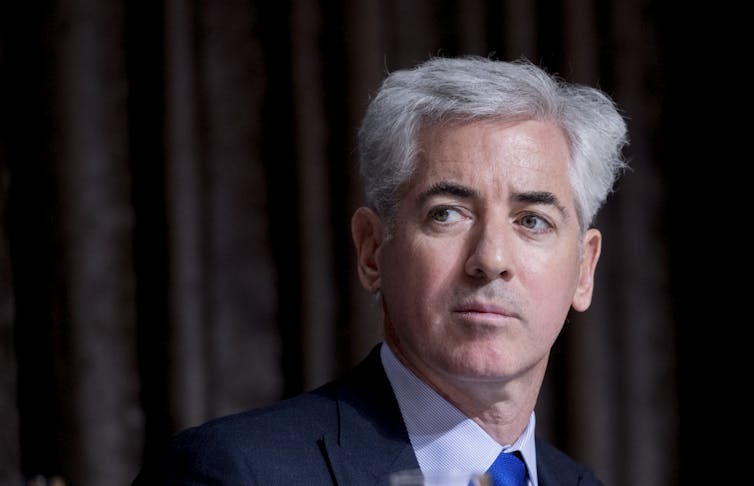
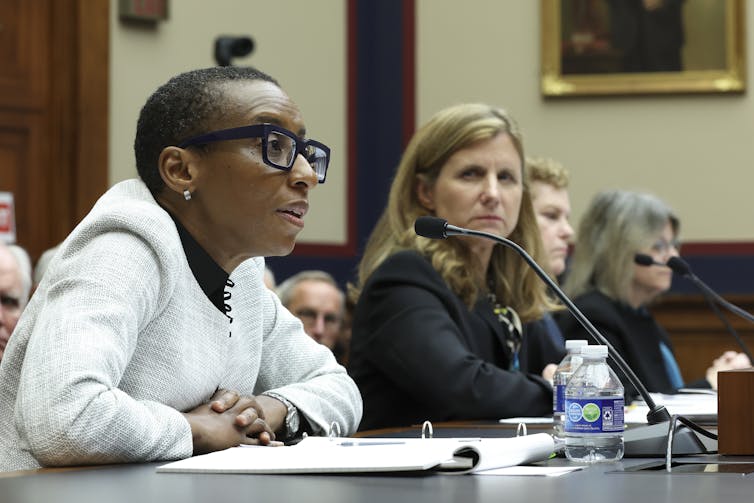
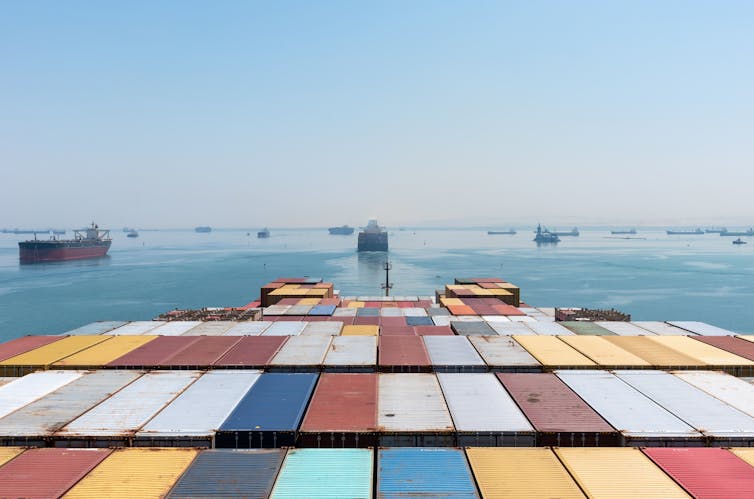
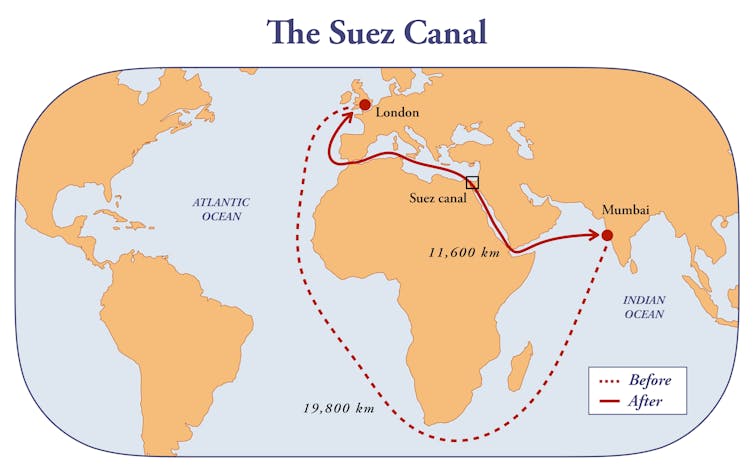
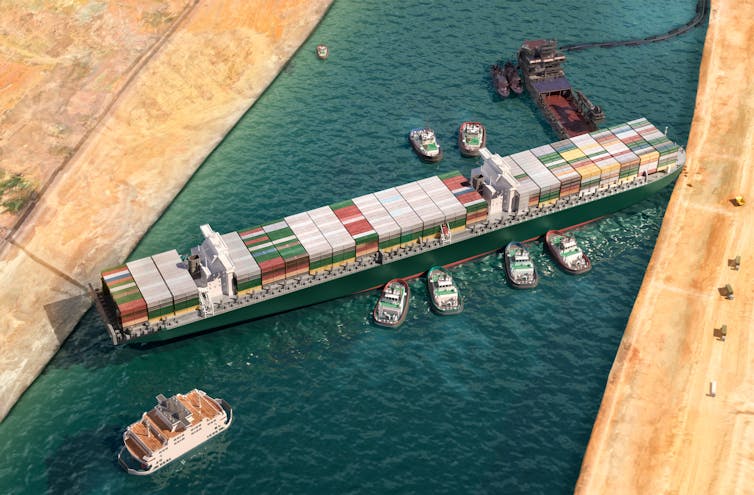
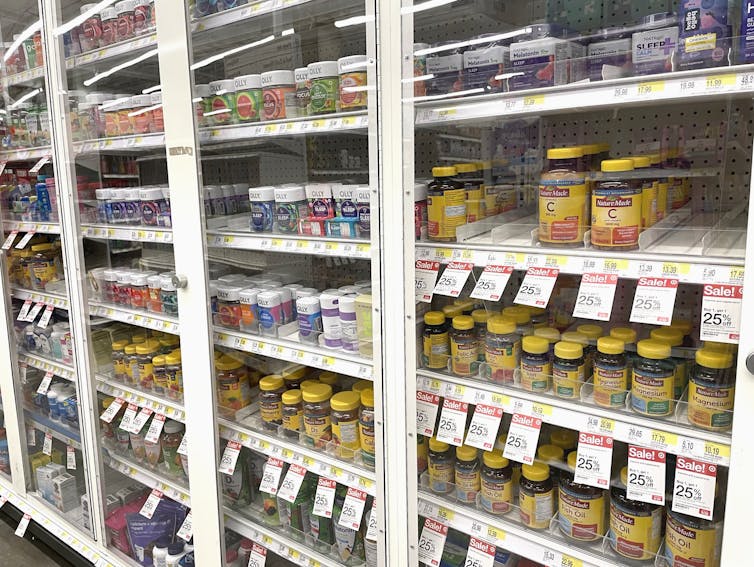



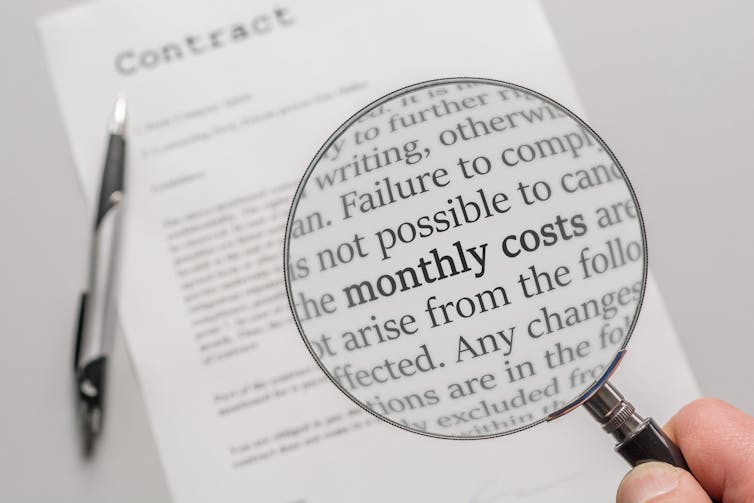
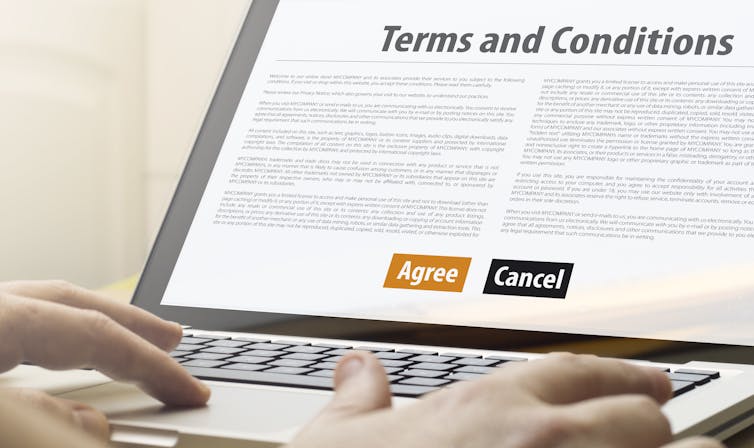

 Furnace
Furnace